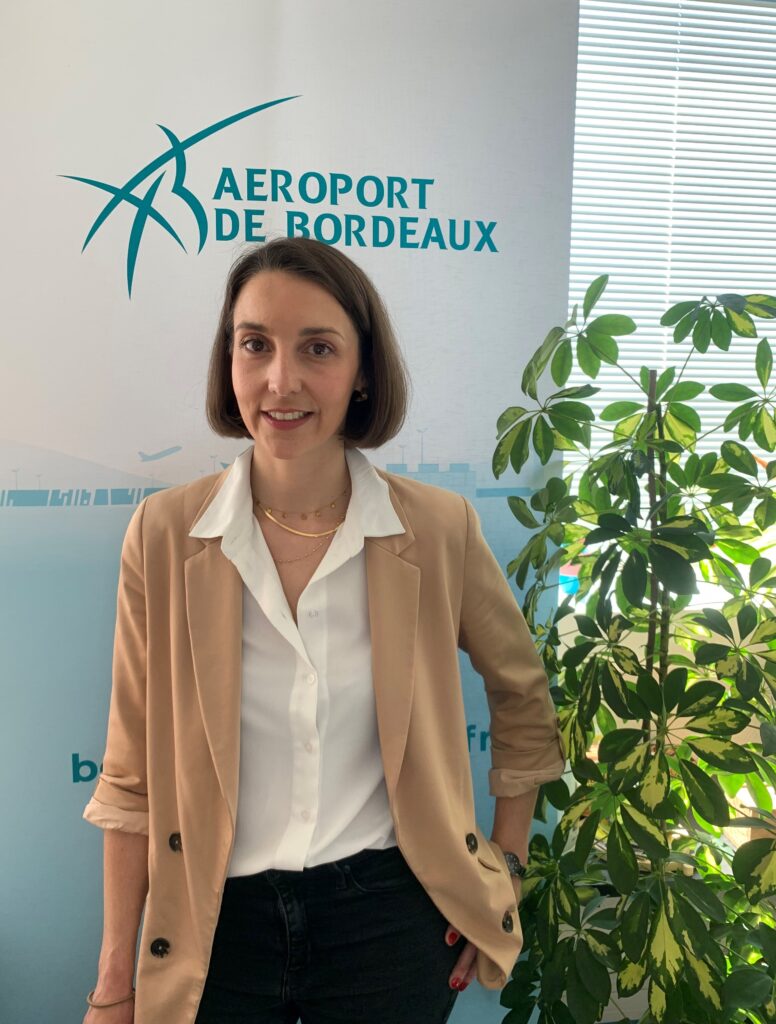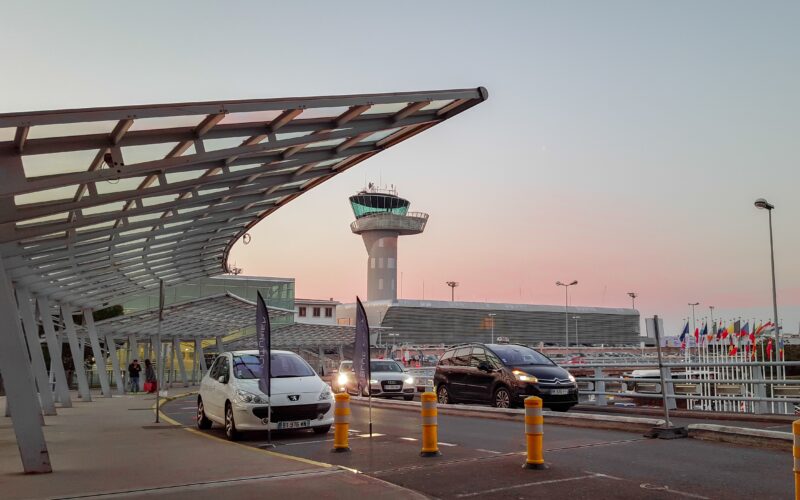When AeroTime spoke to Cyrielle Clément, Head of Routes Development at Bordeaux–Mérignac Airport (BOD), in 2022, the airport had positioned itself to be an important part of the French airport ecosystem.
One year later and Bordeaux Airport has launched a new five-year strategy worth €240 million, 25% of which is dedicated to sustainable development and ecological transition. As Clément says, the investment is “aimed at making our ecological transition, improving the quality of service for our customers, and being the best we can operationally”.
Before aviation came to a standstill at the start of the pandemic, Bordeaux Airport had recorded 10 years of constant growth. Last year, it was buoyant about the return of traffic, forecasting that traffic would return to around 70% of pre-pandemic levels. The optimism was well-founded, with the added bonus of a diversified amount of traffic.

Clément says: “Like many other French airports, and European airports, the typology of passengers that came back first post-COVID was the Visiting Friends and Relatives (VFR) typology, and then the leisure. We are seeing the business coming back steadily. It’s not yet to the level of 2019 because people have changed their habits in terms of working, but it’s progressively coming back to the 2019 balance between VFR, leisure and business. So, we’re very confident about getting back to those levels.”
While Bordeaux Airport is working towards gradually rebuilding its air route network (it hopes to regain the 2019 level by 2027), it has long been known for its resilience. Clément explains the reasons behind this.
“We’ve got a good balance between the inbound and outbound traffic. And Bordeaux itself is a very well-known international name, thanks to the wine of course. So, it’s very appealing for foreigners as well to come and visit us. We’ve got a good mix of leisure, VFR traffic and business traffic. So that helps in that we don’t rely on one specific typology of traffic.
“I would say as well that our Bordelais passengers have quite high purchasing power. Bordeaux in France is very often called the little Paris. So, passengers have high average spending which is something that airlines are interested to know about. And despite the obvious tourist attractions like the wine, in the city itself half of its infrastructures are UNESCO heritage, and we’re very close to the ocean as well. So that’s for the touristic aspect. We’ve got also a very diversified economy. We’re really big on aeronautical as well as on chemicals, on start-ups and on high-tech regarding health sectors. So, we don’t rely on one specific industry, which is also less risky for an airline.”
Looking to the future, Clément points to a number of appointments at senior level, including a new CEO in 2021 followed by a new CFO (Chief Financial Officer) and CTO (Chief Technology Officer) in 2022.
“Since summer 2022, they’ve all been working really hard on building this new five-year strategic plan, taking into consideration the new environmental consciousness and an understanding of what it means in terms of developing the future airports of tomorrow and how we can do that for Bordeaux Airport.”
Named Resources 27, a core goal of the new strategy is becoming an airport of tomorrow. Using a number of key business pillars, Bordeaux Airport wants to create a new model based on sustainability and performance, with respect for the environment and local populations, and in line with societal expectations.
“The first pillar is to become a leader in ecological and energy transition. We are doing a lot of work to improve our infrastructure. We are renovating some of them and we are rebuilding or building new ones. The aim is to have less consuming infrastructures in terms of energy. We’re trying to develop photovoltaic as well. For instance, solar panels on our car parks. We’re also doing some studies to see whether we could be a hub for hydrogen productivity. And we’re very conscious about our waste management and water management. So, there are different pieces that, put together, will help us reduce our CO2 impact.”
Another of the pillars of the new strategy centers on rebuilding connectivity, albeit in a measured way given the world events of the past few years. This will involve the airport diversifying its portfolio because, at present, it is heavily dependent on three main airlines: Ryanair, easyJet, and Volotea. In addition, Bordeaux Airport is developing new destinations including major hub connectivity within and outside of Europe. Most recently, the airport has announced two new routes, including one to Morocco and one to Cyprus. The US, the Middle East and Eastern Europe are also in Bordeaux’s sights.
The full interview with Cyrielle Clément, Head of Routes Development at Bordeaux–Mérignac Airport.
Clément says: “We’re really glad that carriers are trusting Bordeaux for continuing their operations. We’ve got already some good news for the winter season. We’re very glad to announce that we’re going to have a brand new international destination to Dakar with Transavia this winter. So, it all looks very promising.”

